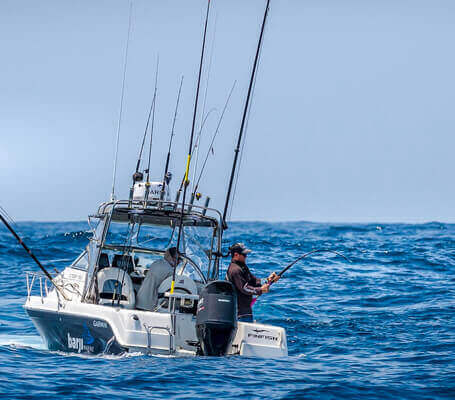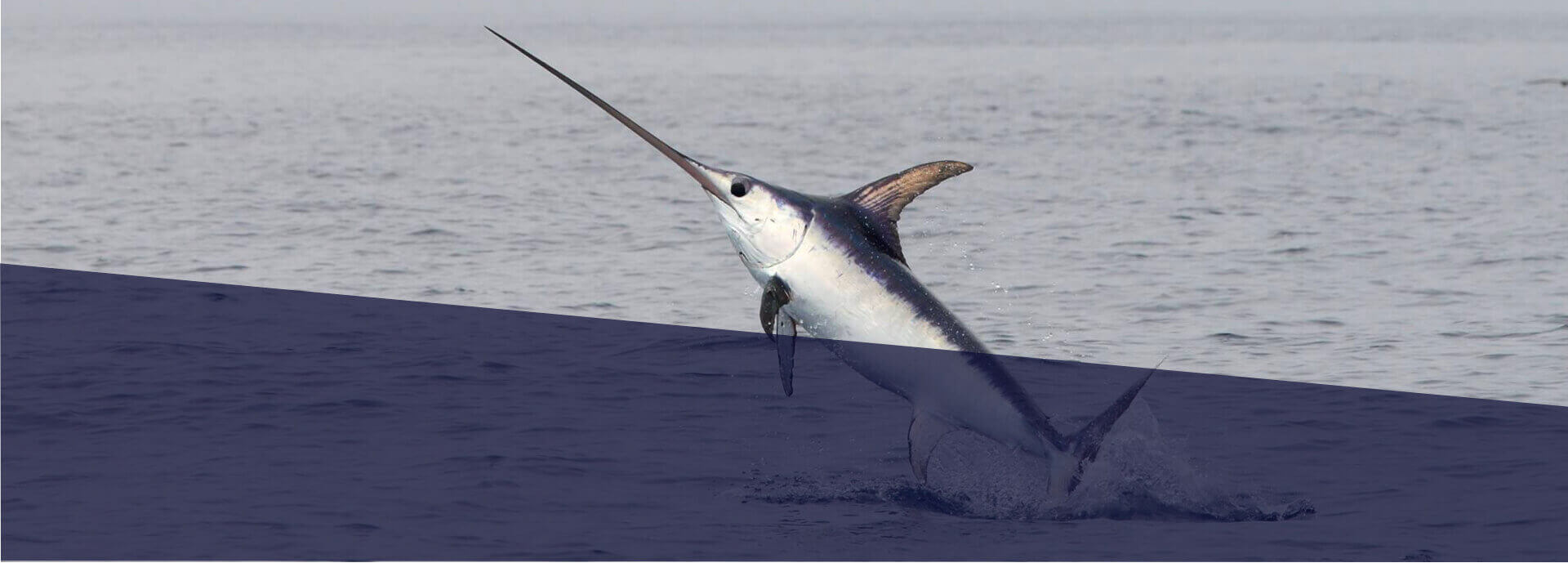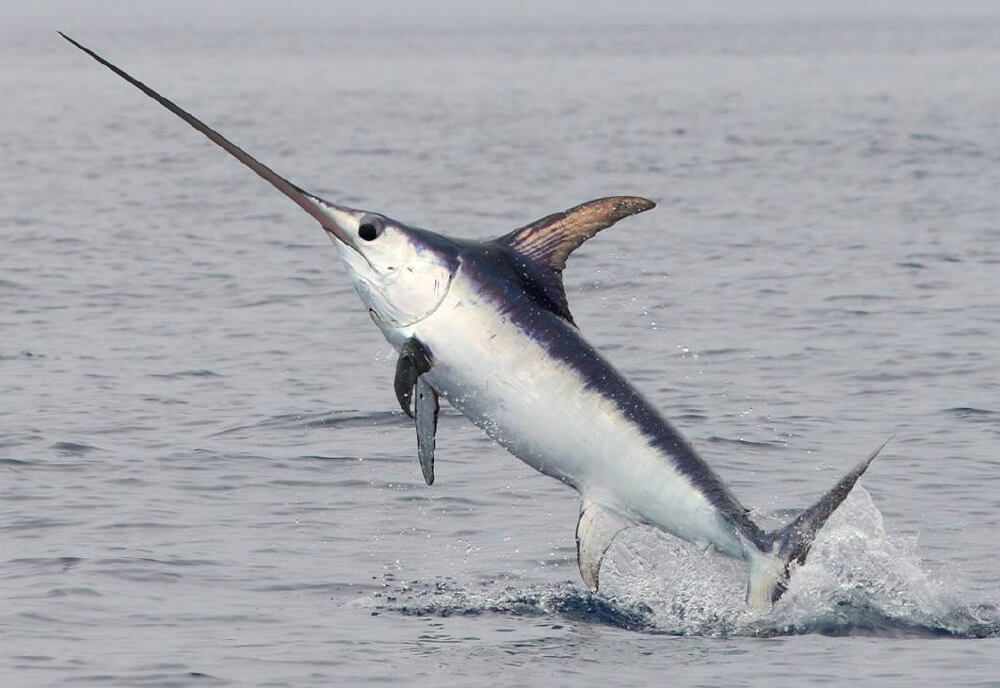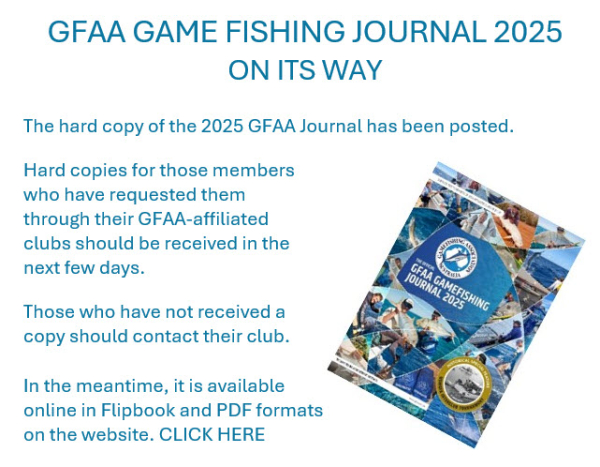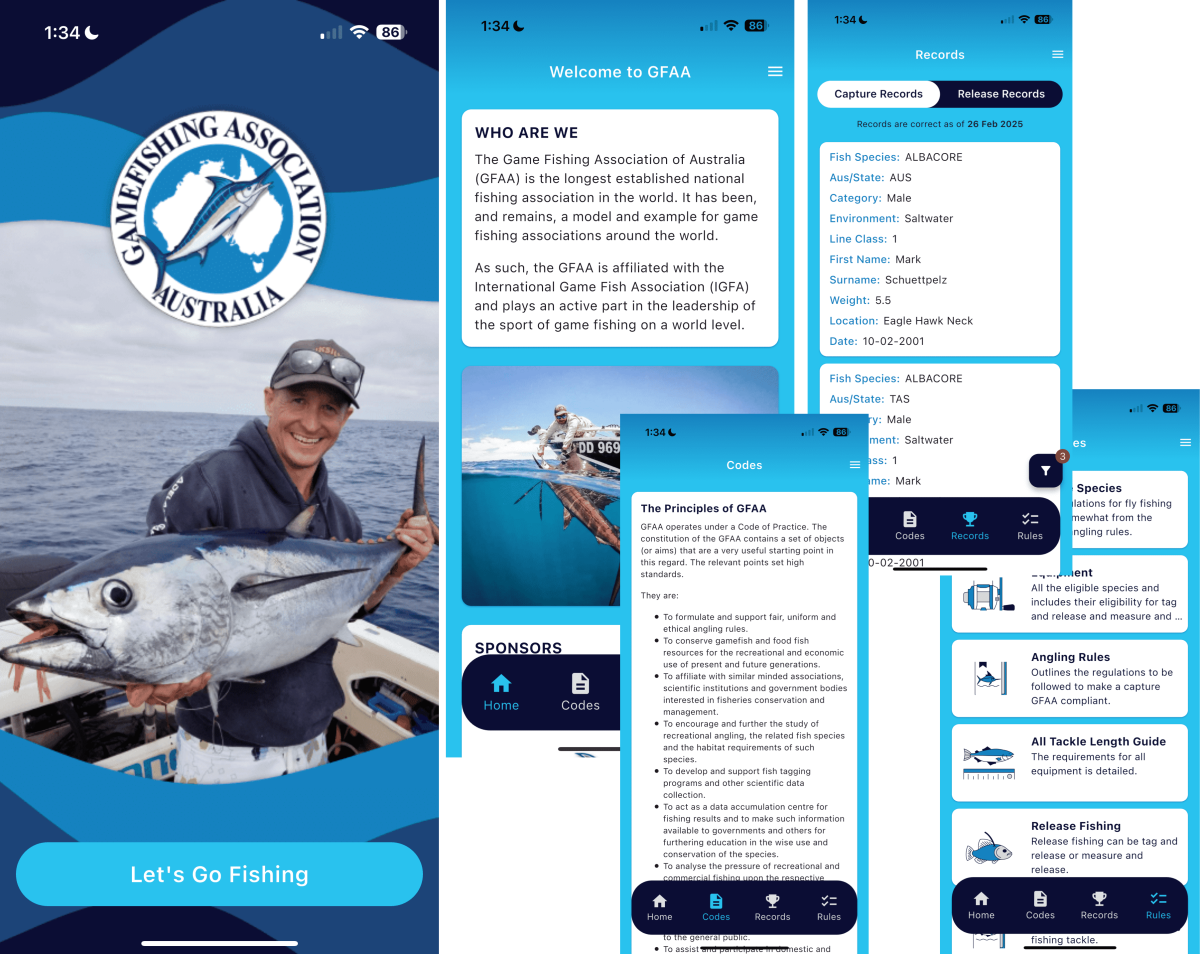The Game Fishing Association of Australia (GFAA) is the longest established national fishing association in the world. It has been, and remains, a model and example for game fishing associations around the world.
As such, the GFAA is affiliated with the International Game Fish Association (IGFA) and plays an active part in the leadership of the sport of game fishing on a world level.



.jpeg)

